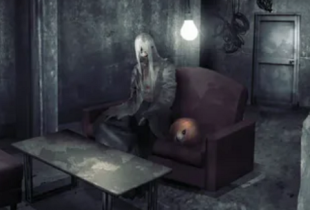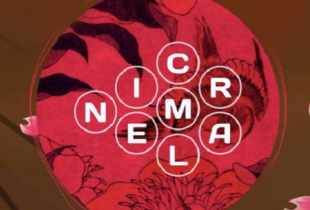Game description:
Am I Nima positions the player inside a mind stripped of certainty. The environment is not just a setting—it's a mirror of cognitive disarray. Words are not found so much as re-learned, like picking up remnants of a language once known. The game forces players to treat vocabulary as both inventory and weapon. Some words soothe, others provoke. With every pair the player combines, new layers of Nima’s perception are activated, leading to thoughts that either clarify or corrupt her sense of reality.
Emotional Manipulation Through Discovery
The central mechanic—combining words to unlock responses—exposes the emotional weight of each interaction. You’re not selecting dialogue from a menu; you’re constructing your own mental response to trauma. Objects like cracked mirrors or discarded toys are not just decorative—they act as memory triggers, reshaping Nima’s emotional language. Sometimes, what seems like progress leads only to emotional regression. The mother figure’s reactions fluctuate wildly, responding to specific word choices with anger, affection, or silence, leaving players unsure whether they’re being tested or manipulated.
Unstable Identity and Interpretive Depth
What begins as a task of self-discovery gradually dissolves into something less stable. The question is no longer who is Nima but why does she exist this way. The narrative avoids traditional resolution, instead layering meaning through contradiction. Clues conflict. Memories distort. The more players unlock, the less they trust what they’ve seen. Am I Nima does not deliver closure. It deals in uncertainty, leaving the player with fragments of a story that refuse to align, much like the mind they’ve been dropped into.
























































































































































Comments